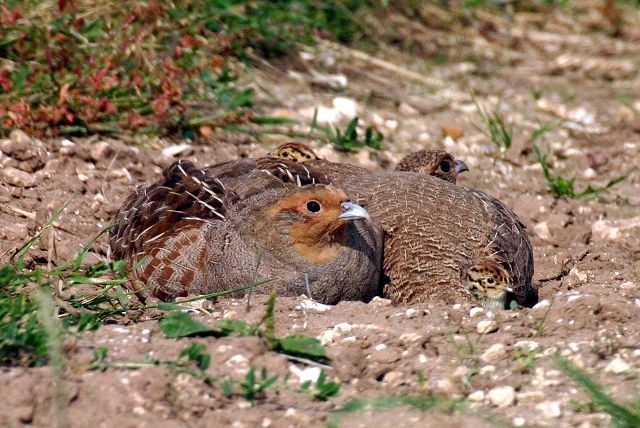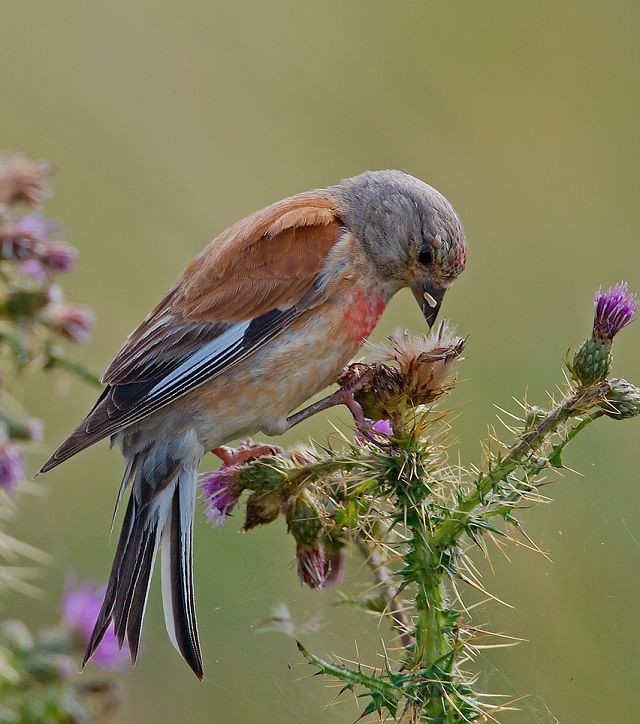Farmland birds reach their lowest point in England
The latest figures published today [Thursday 18th October] by the UK government on wild bird populations in the UK has shown that the index of birds counted breeding on England's farmland has tumbled to its lowest point, since recording began in the 1960s. Reacting to the news, Dr Sue Armstrong-Brown, the RSPB's head of countryside policy, said: "Farmland birds are the barometer by which the Government measures the health of the countryside. We wish there was a better story to tell - but the farmland bird index reaching its lowest point is extremely depressing news."

Grey Partridge (Photo: Chris Cook)
The English farmland bird index includes species like Grey Partridge, Turtle Dove, Skylark, Yellowhammer, Linnet and Yellow Wagtail, all birds that are reliant on farmland and whose populations have declined by more than half since the 1970s. The RSPB is concerned that today's announcement follows other recent terrible news for farmland birds. The RSPB has predicted that the recent decision to cut the amount of set-aside land - areas of land where the growing of food crops is restricted - to zero could have a devastating effect on birds already struggling.

Linnet (Photo: George Ewart)
Dr Sue Armstrong-Brown continued: "The decision to reduce set-aside to zero this year thows a spotlight on the importance of individual farmer decisions in caring for the birds on their land - whether the index goes up or down next year is in their hands. "We want to work with the farming community to make sure that the trend from here is upwards - and we have the tools and knowledge to ensure that it does." Gareth Morgan, head of the RSPB's agricultural policy team, said: "The UK have developed some of the best agri-environment schemes in the world. More resources for these schemes are urgently required if we stand a chance of halting and eventually reversing the decline of some of our best-loved birds."

